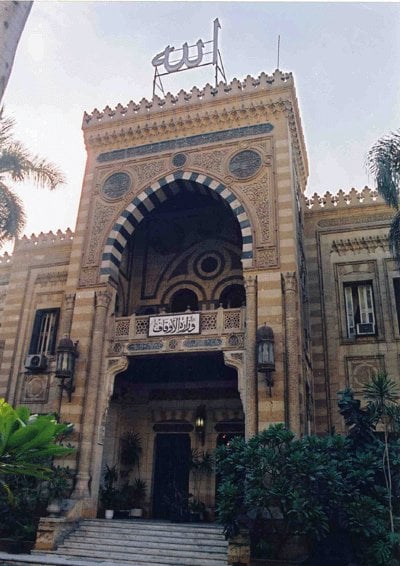By Rita Daou / AFP
BEIRUT: Mohammed Shami charges into a demonstration in Damascus, points his mobile phone and films the scene for a few minutes before rushing off in fear of the security forces.
A craftsman a year ago, Shami is today one of the hundreds, some say thousands, of citizen journalists covering the Syria regime’s bloody crackdown on dissent.
Among the ranks of these makeshift reporters are former engineers, lawyers and students.
They are present in all of the Middle East country’s hot spots, feeding images to websites like Facebook and YouTube to be picked up by satellite television channels and beamed around the globe.
“It all started when we took part in the first demonstration in the capital,” Shami, 32, told AFP on the phone from Damascus.
“The regime said that these demonstrations never occurred (and) we wanted to prove their lies.
“We wanted the world to know that we were beginning to rise up against the regime. We started to shoot.”
At one demonstration, Shami was arrested. The security forces discovered images of the rally on his phone.
“I paid a high price for these images. For 15 days, I was beaten and tortured.”
But Shami said he was not discouraged.
“We started to coordinate in a more efficient way.
“One of us would film for a few minutes, then hide in a safe place and send his images to satellite channels, while another person continued to film.”
And when the regime began saying the images were from past events, the activists began holding up signs with the date and venue of the rallies in their videos.
“Omar the Syrian,” a citizen journalist who contributed to AFP, died in shelling overnight Friday-Saturday as regime troops launched a huge assault on the protest city of Homs, a friend said.
The 24-year-old student, whose real name was Mazhar Tayyara, had left his home in the Inshaat district at night for Khaldiyeh, a stronghold of dissent bearing the brunt of the onslaught.
“He was trying to help some people wounded in the bombardment when a second volley of shells fell and he was hit,” the friend said.
“He was hit in the head, the stomach and in a leg and died of his injuries three hours later in hospital” on Saturday, the friend added, requesting anonymity.
Tayyara worked for several media outlets including British daily The Guardian and the German newspaper Die Welt. He also appeared on the satellite networks Al-Jazeera and CNN.
“Last April, just after the start of anti-regime protests, he told me that something had to be done, that the revolution would not stop at Syria’s borders,” his friend said.
“He then started to take part in protests and then to help foreign journalists. He found his calling and bought a new camera. He died doing what he believed was right.”
His friends have set up a Facebook page in his memory.
“You had promised me that you would disclose your true identity on my next visit to Homs,” a foreign journalist wrote on the tribute page.
His friend said that Tayyara had “wanted dignity and freedom for the Syrian people.”
“He said that the movement could not stop at the borders of Syria” when Tunisia’s Zine El Abidine Ben Ali was the first to fall in the Arab Spring a year ago, said the friend.
Before Tayyara was killed, security forces shot dead 23-year-old Bassil Sayyed as he filmed in the flashpoint Homs neighborhood of Baba Amr on December 29.
Many others have died, including Farzat Jerban, who was also killed in Homs on November 20.
Kinan Ali, who moved to Lebanon but remains active in the field, said the “beginning was very difficult.”
“The same person organized the demonstration, issued the call (for people to attend) on Facebook and ensured there were no security forces at the scene before anyone else arrived,” said Ali.
“This person attended the demonstration and filmed and posted” the video footage online.
“This person was also the last to leave and checked if there had been any arrests… and helped the wounded on whom the security forces fired.”
Today, the activists form a wide network.
Those who do the filming no longer take part in the demonstrations and often sit on window sills or balconies, often with small cameras. People with satellite connections are asked to stay at home ready to send off footage.
Over time, the quality of their images has improved and been shot more professionally, with better angles and steadier cameras.
Abu Abdallah Talli is a citizen journalist who moved to Damascus after losing a friend in Daraa, the southern cradle of the uprising where the Internet was cut in his village.
“Every time someone dies, we die with them,” said the 26-year-old communications engineer.
Asked why they risked their lives, Talli said: “For the truth, freedom and dignity. Our country deserves that.”

